Projects
Capillary channels are used in the surface tension tank to position and transport the propellant. If the liquid comes in contact with the capillary channel, the capillary forces acts on it and the liquid runs through the channel to the tank outlet. This passive method for the transport of the propellant is functional all the time and requires no external power to operate as compared to the active methods. However, the stability of the free surface in capillary channels affects due to the variable acceleration, vibrational disturbances and at high liquid flow rate as observed during the “Capillary channel flow” (CCF) experiment on-board the International Space Station. In low-gravity conditions, capillary pressure only balances the pressure difference across the liquid-gas interface. The gas ingestion into the channels due to unstable free surface degrades the quality of the propellant and severely affects the engine efficiency. mehr...
The behavior of cryogenic liquids under compensated gravity and thermal influences from the environment is very important for the management of cryogenic propellants in the upper stages tanks in the future rocket launchers. After the end of thrust the propellant is driven by the now dominating capillary forces along the warmer tank wall to a new equilibrium position under...mehr...
Experimental investigations have been conducted to analyse the retention capability of a double screen against a sloshing of liquid hydrogen in hydrogen vapor environment. The double screen consists of two cylindrical dutch twilled weave metal screens with 200 warp and 1400 weft wires per inch. The screens are fixed inside an inner glass cylinder, which is immersed into an amount of liquid hydrogen provided inside an outer glass cylinder. The cryogenic thermal environment has been appropriated by a helium bath cryostat which contains the described test section and which can be housed inside a drop capsule.mehr...
Fluid management in spacecrafts with ballistic phases relies on porous media which cause capillary forces. These capillary forces can be used to transport liquid, to block gas from entering the liquid phase, or to block liquid from entering the gaseous phase. Cryogenic applications are subjected to thermal gradients which may cause heat transfer and evaporation. In some cases, evaporation in porous elements of liquid-vapor separation devices is an undesired effect for vapor-free cryogenic propellant delivery to spacecraft engines. On that account, the capillary transport of a cryogenic liquid subjected to evaporation needs to be understood and assessed. mehr...
Free surfaces have a major impact of spacecraft design. The liquid motion (what is called sloshing) in tanks influences the dynamic of launchers and satellites. The heat and mass transfer across the interface is from great importance since it influences the pressure inside the tanks which can affect the structure. Especially for cryogenic liquids the mass loss of fluid through pressure... mehr...
The mechanics of open capillary channel flow has been a research topic in the Fluid Mechanics and Multiphase Flows group since the mid-nineties. The motivation for this research is to improve existing space applications and to develop new models required for the efficient liquid management in...mehr...
In future cryogenic upper stages the ability of multiple starts of the engine is required [1, 2]. Centrifugal forces caused by the spinning of the stage could drive the liquid propellant away from the outlet of a Propellant Management Device (PMD) resulting in malfunction of the system [3]. A simplified model of the PMD is studied which includes two parallel disks.mehr...
The subject „Capillary transport of liquid between parallel perforated plates under microgravity“ (PPP) is a part of the project “Kryogene Fluidhandhabung” (KFH). The influence of perforation properties on the capillary transport capability of parallel plates is analyzed experimentally with utilization of the Drop Tower.mehr...



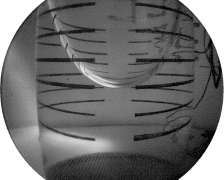
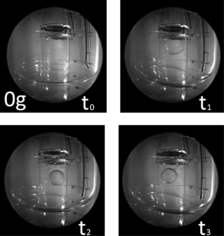
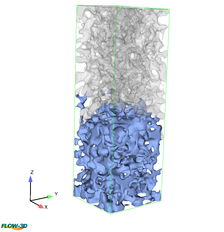
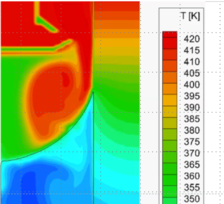
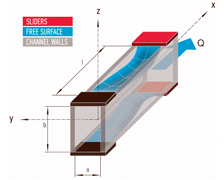
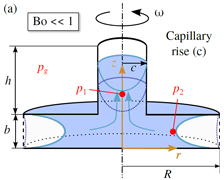
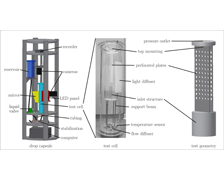
 "
"